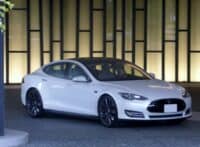
Hybrid cars have been around since the first gasoline-electric vehicles appeared at the 1899 Paris Salon. Designed by Ferdinand Porsche, the carriage-like car was pushed forward by two electric generators powered by 2.5-horsepower engines. But the technology didn’t take off. A larger and single internal combustion engine with an adequate cooling system could provide more power and speed.
Ever since Toyota (NYSE: TM) debuted the first modern hybrid car, the Pruis, in 1997, gas-electric technology has taken off. Today, hybrid sedans, SUVs, and trucks are ubiquitous. But they’re not all the same. Ten of the most affordable plug-in hybrid vehicles — the greenest of the hybrids — are not much more costly than many new, mass-produced, non-luxury gasoline gulpers.
Understanding the main types of hybrids

Depending on your source of information, there are either two or three types of hybrids. The first two types are MHEVs (mild hybrid electric vehicles) and FHEVs (full hybrid electric vehicles). Some automotive sources lump them together under the same category as HEVs. The main difference is MHEVs have the smallest electric motors that can only assist the internal combustion engine. It cannot power the vehicle on its own. The electric motor performs functions like ignition and acceleration assistance. They are the least expensive but also the least efficient hybrids.
FHEVs have larger electric motors that can power the vehicle at short distances and low speeds. They utilize regenerative braking that harvests kinetic energy as the vehicle slows down or stops, energy that would otherwise be lost as heat to the disc brakes. They can travel short distances on electric power alone. FHEVs are more expensive than MHEVs but offer better fuel economy.
PHEVs, or plug-in hybrid electric vehicles, are the premium of hybrids. Like fully electric vehicles, PHEVs are plugged in to an external power source to recharge the battery. Their electric motors are large enough to completely power the vehicle for modest distances – roughly around 30 to 40 miles for the lowest-cost PHEVs. These vehicles are ideal for people who want some of the benefits of EVs but with the assurance gasoline is available to the vehicle when the battery runs low.
Understanding hybrid car mileage

The U.S. Department of Energy says MPGe, or miles per gallon equivalent, is an easy way to compare the fuel economy of gasoline vehicles with those that run on other type of fuel. Introduced in the U.S. in 2010, MPGe provides an estimate on the number of miles hybrids can travel on one gallon of gasoline when assisted by its electric boost.
For example, the 2024 Toyota Prius Prime PHEV gets 52 MPG, but with its electrical assist it can eke out 127 MPGe. The average 2024 vehicle sold in the U.S. gets just 28 MPG, mostly because Americans consumers prefer larger and heavier vehicles, a phenomenon known as vehicle bloat.
MPGe isn’t an exact science. It’s based on a mathematical formula using average driving patterns and national average electricity generation and transmission efficiency, according to the automotive pricing and information provider Kelley Blue Book. As with all vehicles, fuel economy partly depends on personal driving habits. The DoE’s fueleconomy.gov website is a useful tool for comparing models. It offers both MPG and MPGe figures for hybrid vehicles.
The 10 most affordable new plug-in hybrid vehicles

To determine the 10 most affordable plug-in hybrid vehicles, 24/7 Wall St. reviews the latest model-year hybrid vehicles to find 10 that offer some of the lowest MSRPs, the manufacturers’ suggested retail prices. For this list we only include PHEVs because they offer the closest experience to a fully-electric vehicles.
We also excluded luxury PHEVs, such as the Lexus RX 450h+, which starts at $70,080, and the $71,900 Volvo XC90 Recharge. The average U.S. new-vehicle price was $47,936 in October, according to Cox Automotive. We chose these PHEVs based on how close they are to the average new-vehicle price. The highest starting manufacturer’s retail price (MSRP) of PHEVs on this list is $53,925 and six of them have MSRPs below the average new-vehicle transaction price.
Company websites, fueleconomy.org, and Car & Driver magazine provided details. Specs like all-electric range and MPG may not be available at the starting MSRP. Electric only ranges for these PHEVs are between 27 and 44 miles on a full charge based on average driving habits. Three models have MPGe ratings above 100 miles. Most of these vehicles are compact crossover SUVs.
10. 2024 Lincoln Corsair Grand Touring

- Price: $53,925
- Maximum electric-only range: 27 miles
- MPG: 33 miles
- MPGe: 78 miles
- Horsepower: 266
- Segment: Compact luxury crossover
9. 2024 Chrysler Pacifica
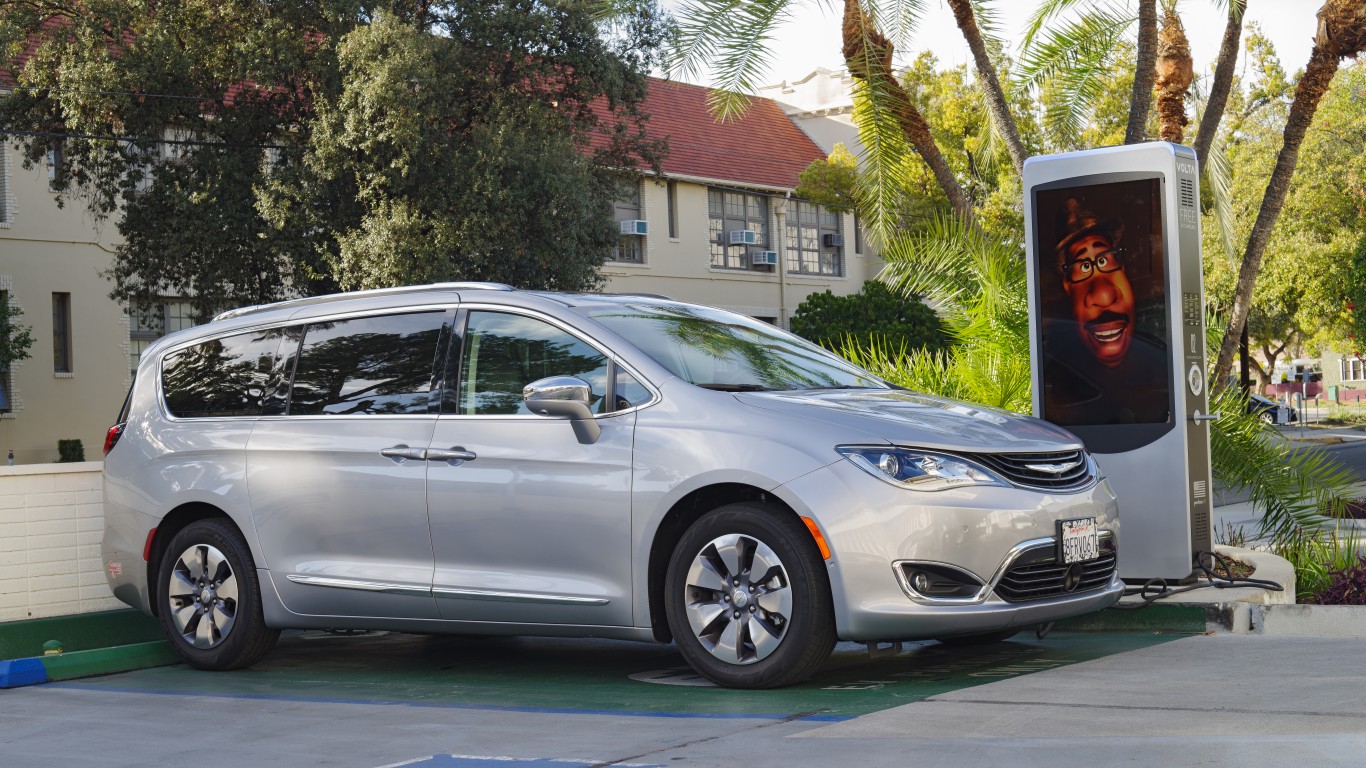
- Price: $52,690
- Maximum electric-only range: 32 miles
- MPG: 30 miles
- MPGe: 82 miles
- Horsepower: 260
- Segment: Minvan
8. 2024 Kia Sorento
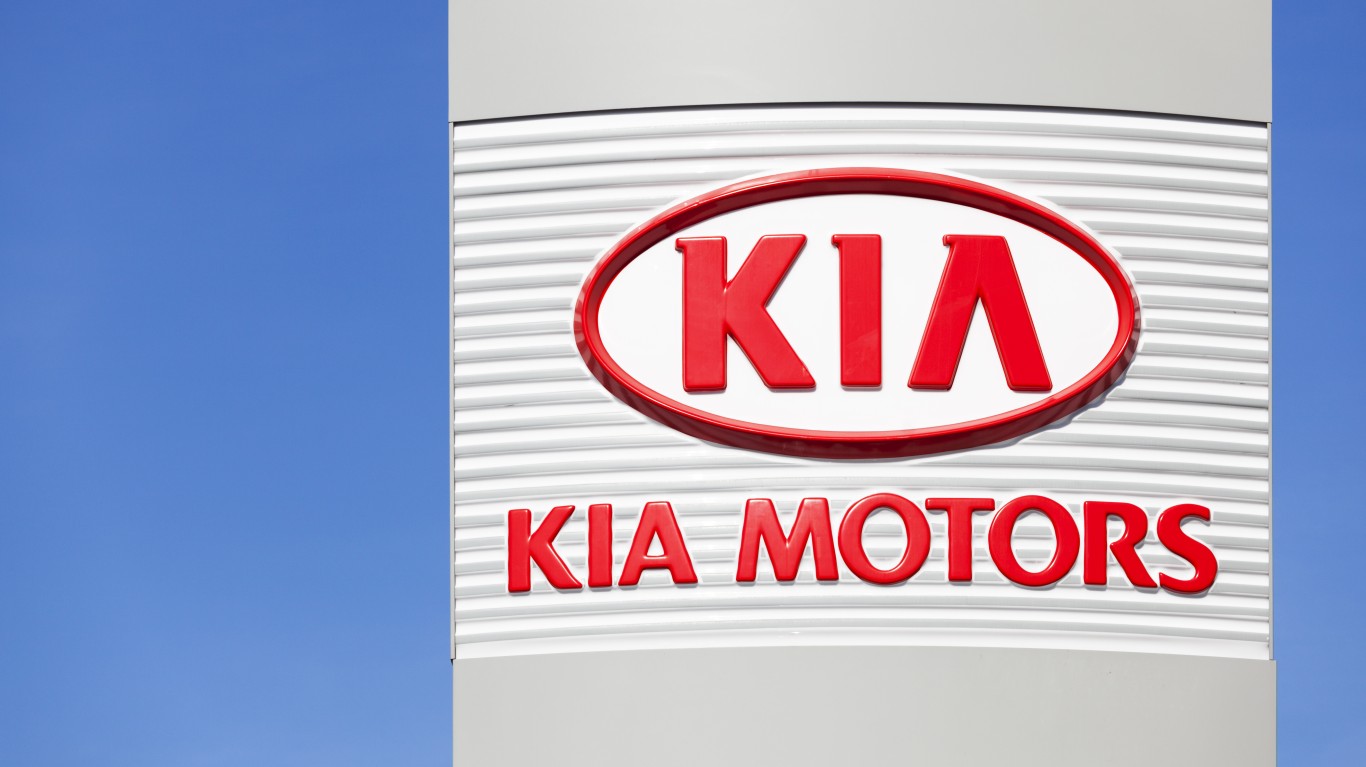
- Price: $49,990
- Maximum electric-only range: 32 miles
- MPG: 34 miles
- MPGe: 79 miles
- Horsepower: 261
- Segment: Mid-size crossover
7. 2024 Mazda CX-90
- Price: $49,945
- Maximum electric-only range: 26 miles
- MPG: 25 miles
- MPGe: 56 miles
- Horsepower: 323
- Segment: Full-size crossover
6. 2024 BMW 330e

- Price: $45,600
- Maximum electric-only range: 22 miles
- MPG: 27 miles
- MPGe: 73 miles
- Horsepower: 288
- Segment: Entry-level luxury sedan
5. 2023 Hyundai Santa Fe

- Price: $42,410
- Maximum electric-only range: 30 miles
- MPG: 33 miles
- MPGe: 76 miles
- Horsepower: 261
- Segment: Compact crossover
4. 2024 Ford Escape

- Price: $40,500
- Maximum electric-only range: 37 miles
- MPG: 40 miles
- MPGe: 101 miles
- Horsepower: 163
- Segment: Compact crossover
3. 2024 Mitsubishi Outlander
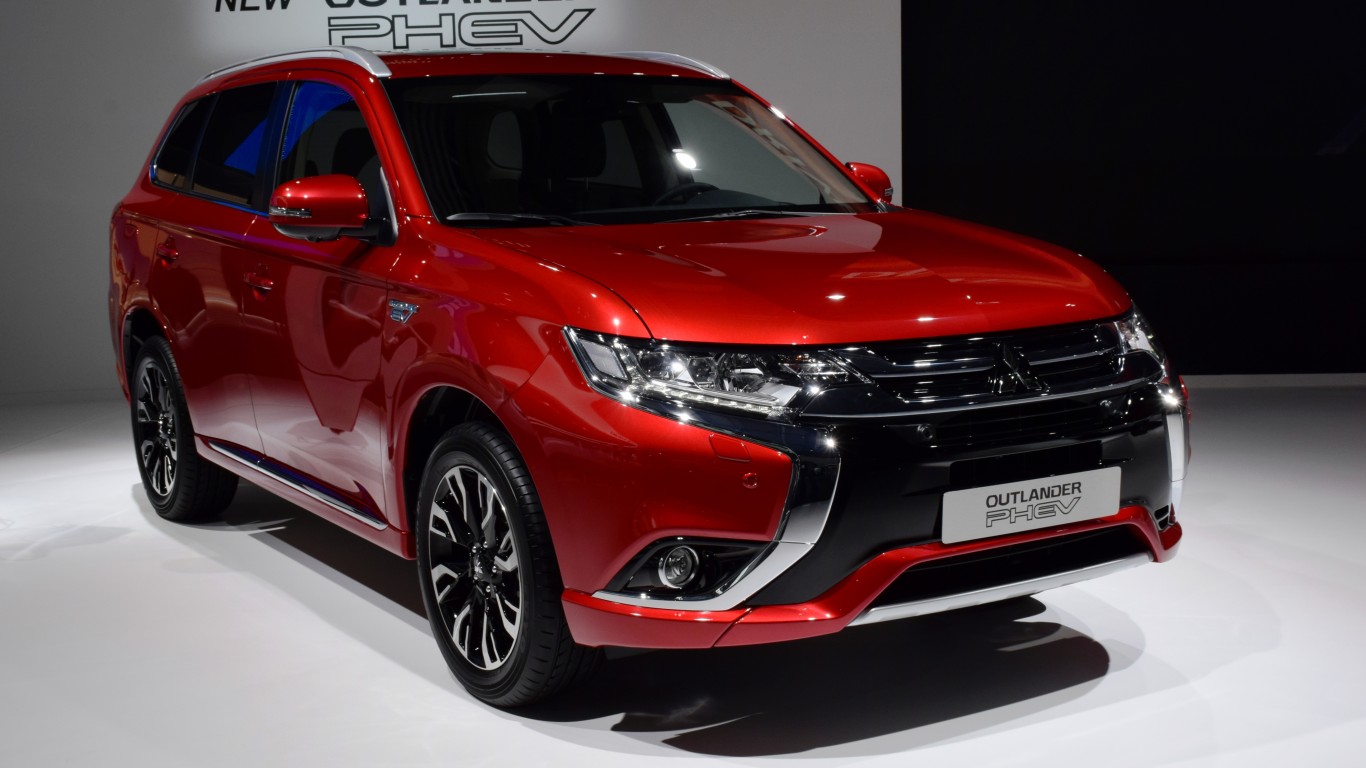
- Price: $40,345
- Maximum electric-only range: 38 miles
- MPG: 26 miles
- MPGe: 64 miles
- Horsepower: 131
- Segment: Compact crossover
2. 2024 Kia Niro
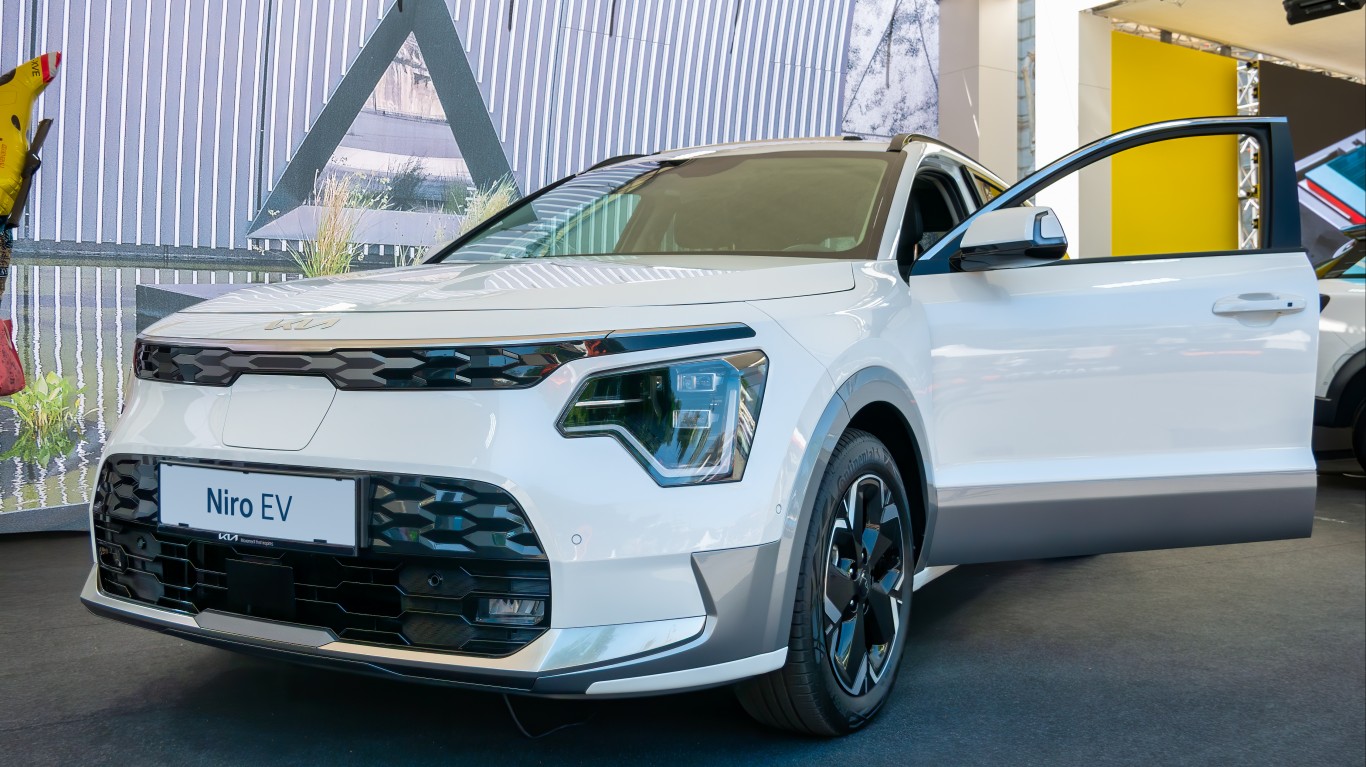
- Price: $34,290
- Maximum electric-only range: 33 miles
- MPG: 48 miles
- MPGe: 108 miles
- Horsepower: 139
- Segment: Compact crossover
1. 2024 Toyota Prius Prime
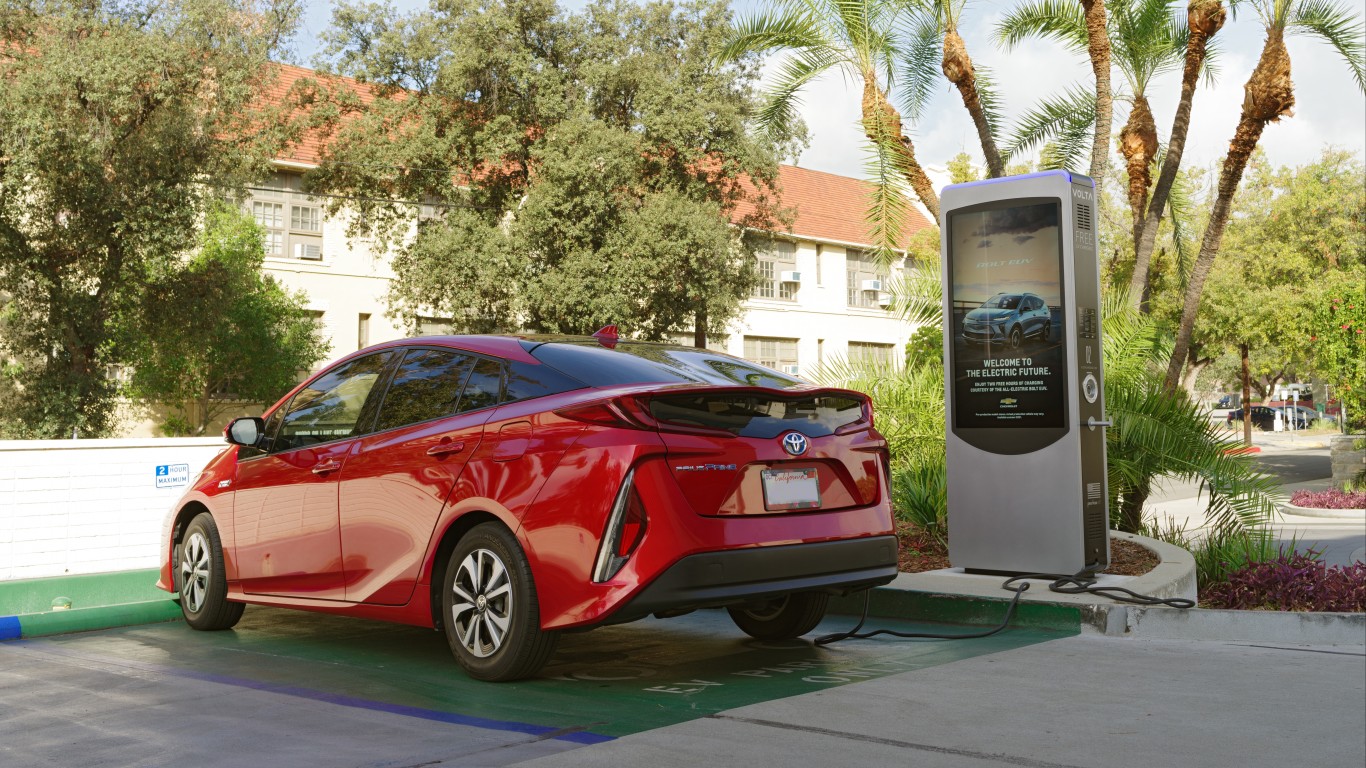
- Price: $32,675
- Maximum electric-only range: 44 miles
- MPG: 52 miles
- MPGe: 127 miles
- Horsepower: 220
- Segment: Compact car
In 20 Years, I Haven’t Seen A Cash Back Card This Good
After two decades of reviewing financial products I haven’t seen anything like this. Credit card companies are at war, handing out free rewards and benefits to win the best customers.
A good cash back card can be worth thousands of dollars a year in free money, not to mention other perks like travel, insurance, and access to fancy lounges.
Our top pick today pays up to 5% cash back, a $200 bonus on top, and $0 annual fee. Click here to apply before they stop offering rewards this generous.
Flywheel Publishing has partnered with CardRatings for our coverage of credit card products. Flywheel Publishing and CardRatings may receive a commission from card issuers.
Thank you for reading! Have some feedback for us?
Contact the 24/7 Wall St. editorial team.


